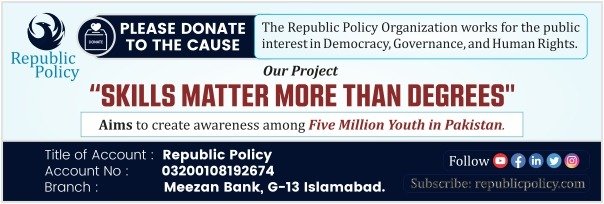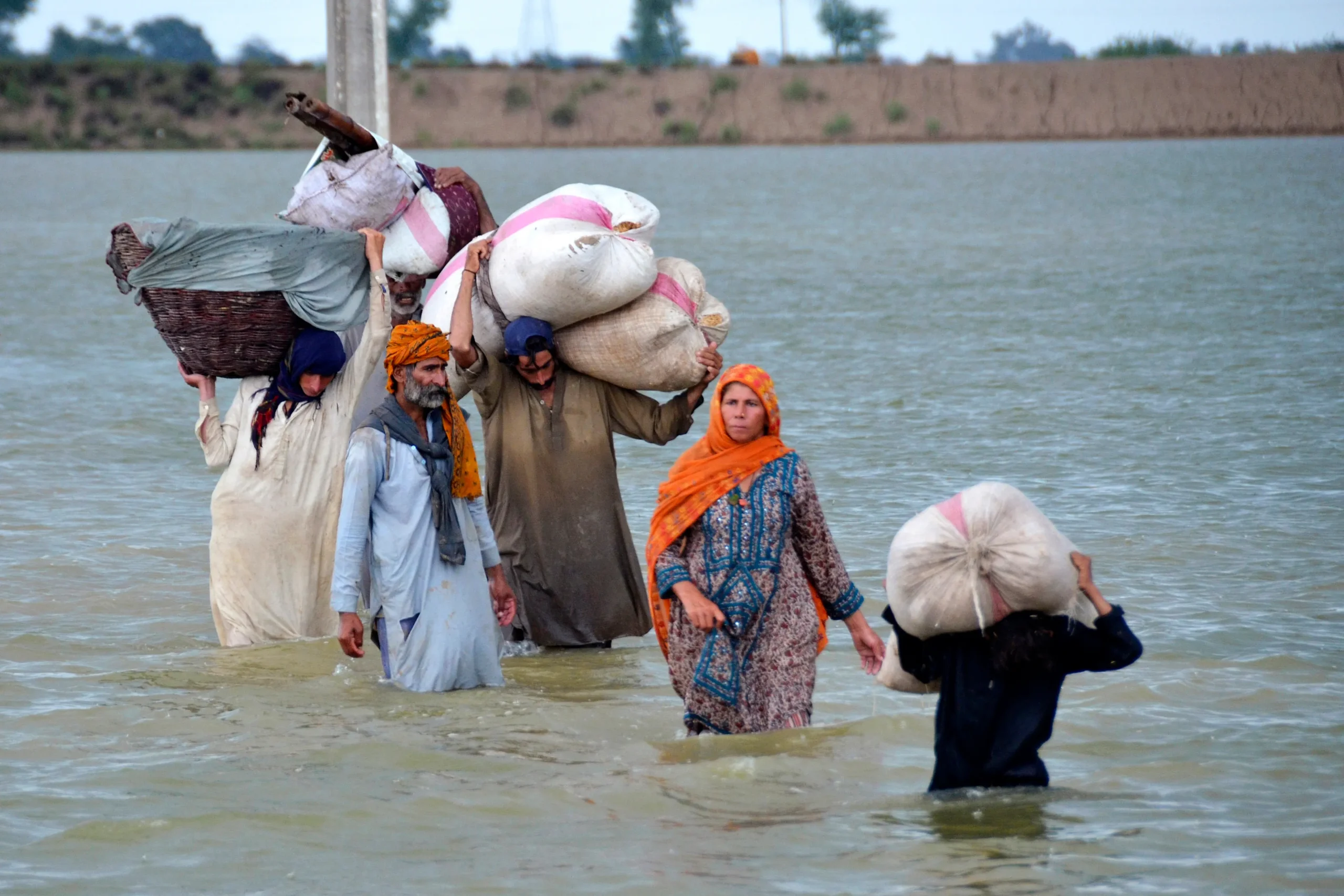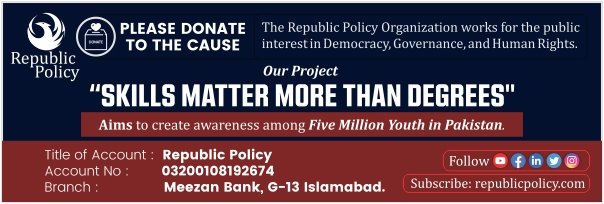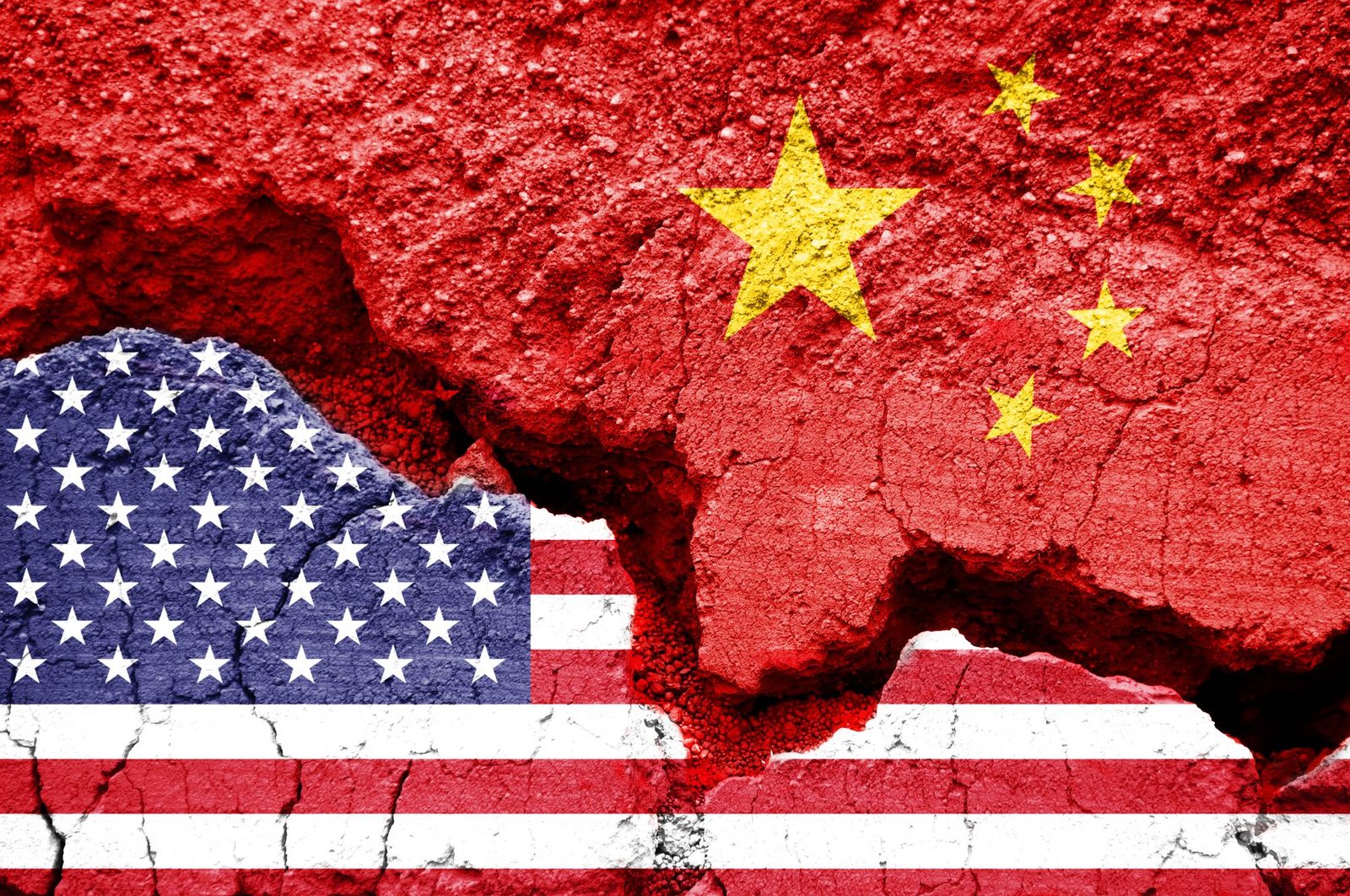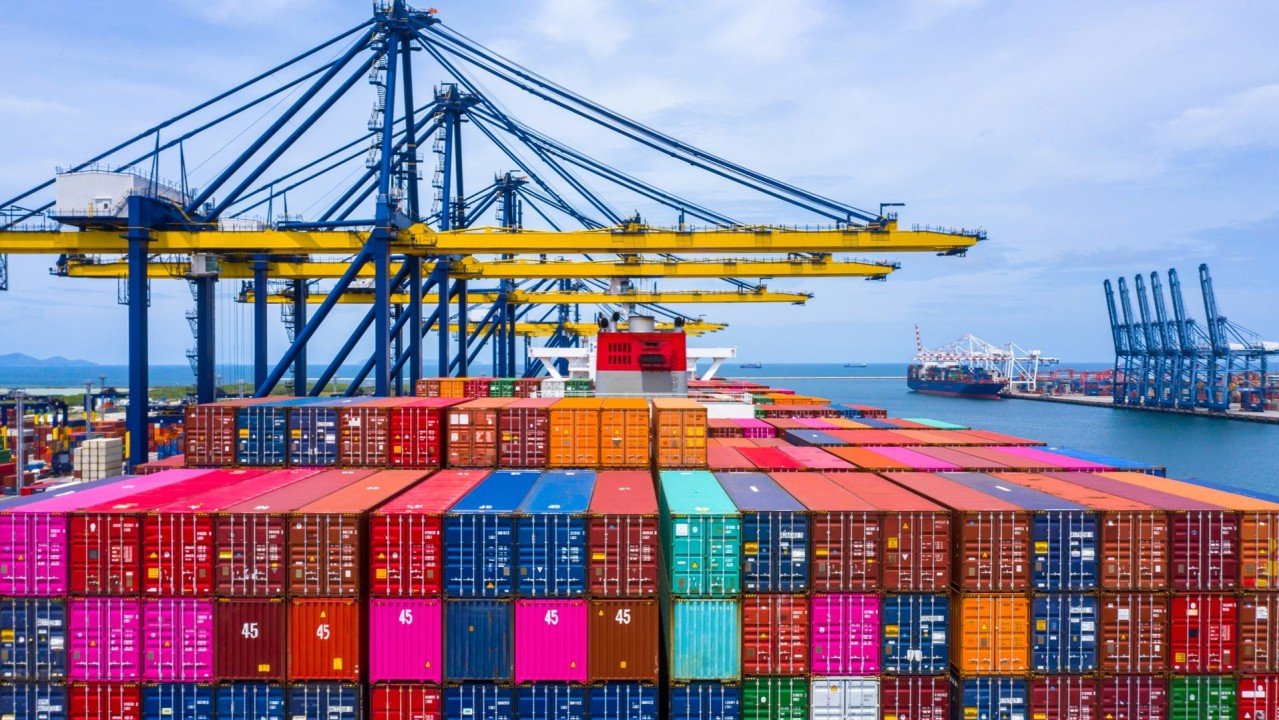Masood Khalid Khan
Every monsoon, Pakistan reprises the same script. Settlements creep into floodplains, wetlands are drained, embankments crack, and a “natural disaster” is declared as if nobody could have seen it coming. Relief packages roll out, politicians wade through water for cameras, and the cycle resets. This is not fate; it is policy malpractice—planned vulnerability financed by the public purse and repeated year after year.
We have inverted common sense. Wetlands—the country’s cheapest, most reliable flood buffers—are dismissed as wastelands. Floodplains, designed by nature to hold excess water, are handed to farmers and developers as if they were risk-free assets. The result is predictable: one season brings bumper yields and quick profits, the next brings total loss and a taxpayer-funded bailout. Subsidised inputs flow in, irrigation and embankments are patched, and when the inevitable breach arrives, rehabilitation bills land on the exchequer while accountability evaporates.
“Risky farmland” deserves a precise definition: any acre built inside active floodplains, on riverbeds and katcha belts, in low-lying depressions, or along drainage channels intended to spill during high flows. It is not only cropland. Brick kilns, poultry sheds, housing colonies, warehouses, and even roads that choke river breathing space are part of the same hazard portfolio. Such land is fertile but not safe—profitable in the short term, guaranteed to fail over the long run.
Republic Policy on X (Twitter)
Meanwhile our wetlands—natural sponges that slow floods, recharge aquifers, filter water, and flatten destructive peaks—are degraded or filled. When these buffers are destroyed, the same water that could have been absorbed accelerates downstream with lethal force. Because wetlands rarely appear in GDP ledgers, they are treated as expendable. That accounting blind spot converts public ecosystems into private windfalls and public disasters.
The political economy is clear. Floodplains are “valuable” only if you think one season ahead: politicians count votes and plots, developers count sales, some farmers count effortless fertility, and governments count short-term land revenue. A legacy irrigation mindset still imagines rivers can be permanently “controlled” by more barrages and dikes. Each monsoon disproves this. Hydrology will always defeat hubris; the only question is how large the bill will be and who pays it.
The answer is not another relief package or another climate pledge; it is conditionality tied to structural change. Any aid, donor financing, or domestic budget flagged as “climate resilience” should come with two non-negotiables: restore wetlands and depopulate risky farmland. No rupee for new embankments, subsidies, or imported machinery until the state evidences progress on moving people and fixed assets out of harm’s way and returning floodplains to water. Otherwise, we will keep borrowing in the name of resilience while erasing the very ecosystems that make resilience possible.
Make this enforceable through tools the state already controls. First, zone active floodplains with publicly notified maps. Second, terminate credit, crop insurance, and state guarantees for permanent settlement inside these zones, while offering dignified relocation and transition support. Third, treat wetlands as national security infrastructure: fund their restoration through a ring-fenced “blue-green” capital program, and build hybrid livelihoods—fisheries, reed-bed products, eco-tourism, controlled grazing—so local communities benefit from keeping wetlands intact rather than draining them.
Republic Policy WhatsApp Channel
Implementation requires governance that is visible and verifiable. Establish open-data flood dashboards publishing real-time flows, embankment conditions, breach risk, and planned releases. Integrate river telemetry, radar rainfall, and satellite estimates into district-level forecasts with automatic cell-broadcast alerts. Pre-season embankment audits, redundant power for pumping, stockpiled culverts and temporary bridges, and trained local volunteer corps must become standard operating procedure—not afterthoughts.
Urban Pakistan must do its part. Clear encroachments from storm drains and outfalls; mandate permeable surfaces, detention ponds, and rainwater harvesting; retrofit critical transport corridors with elevated crossings; and protect urban wetlands as flood sinks. Stop paving over rivers and calling it development. A resilient city is one that makes space for water and moves people out of the path of predictable flows.
Agriculture policy must align incentives with safety. Replace blanket subsidies with conditional “resilience payments” tied to compliance with floodplain zoning and soil-moisture conservation. Scale parametric insurance products that pay out automatically when rainfall or river thresholds are breached, protecting smallholders without encouraging settlement in red zones. Prioritise canal operations and on-farm water management that reduce peak runoff rather than amplify it.
Finance should reward what works. Donors and lenders can anchor a “No Wetlands, No Aid” principle: disbursements contingent on verifiable hectares of wetland restored, households relocated from mapped floodplains, and a declining share of public spending on repetitive rehabilitation. Domestic development banks can mirror this with concessional credit for wetland restoration enterprises and climate-resilient housing outside hazard zones.
Finally, accountability must outlast news cycles. Publish annual “Flood Risk Balance Sheets” listing exposure by district, assets removed from floodplains, wetlands restored, and avoided losses. Tie provincial transfers and municipal grants to these metrics. Reward administrations that reduce exposure; penalise those that keep building risk into the landscape.
Pakistan does not have a choice between damage and no damage; it has a choice between chaotic destruction and deliberate, minimised sacrifice with dignity preserved. The state can keep pouring concrete into the Indus and hoping for the best, or it can give rivers their space back and let wetlands do the quiet, essential work they evolved to do. If we insist on subsidising risky farmland and draining natural buffers, we are not victims of nature—we are sponsors of disaster. End the theatre. Restore floodplains. Fund wetlands. And make every rupee of “resilience” conditional on proof, not promises.


